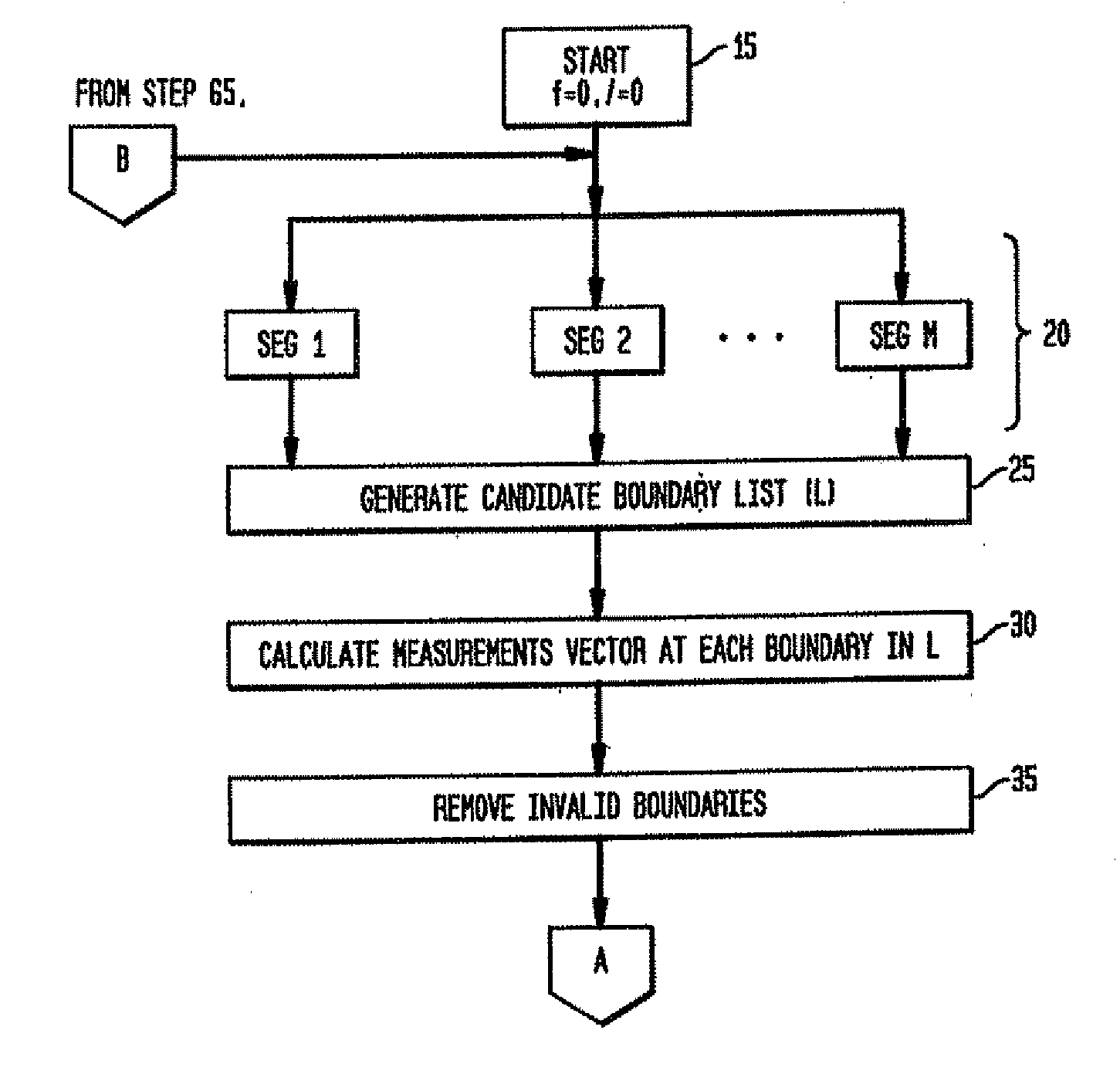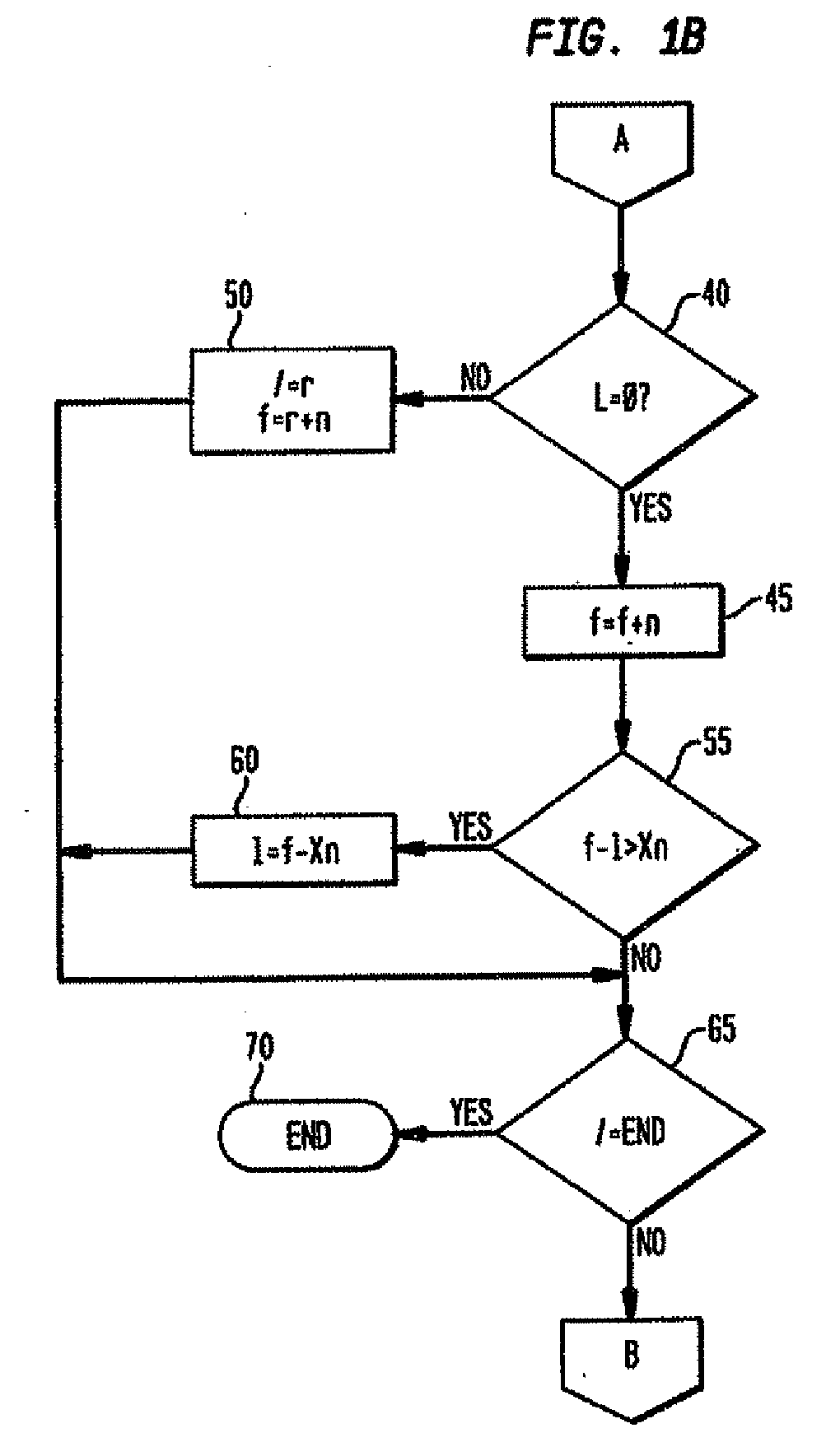System and method using blind change detection for audio segmentation
a technology of audio segmentation and blind change detection, applied in the field of audio data processing systems and methods, can solve the problems of not generalizing to unseen acoustic conditions in training data, affecting the performance of many applications based on these streams, and affecting the performance of speech recognition and audio indexing
- Summary
- Abstract
- Description
- Claims
- Application Information
AI Technical Summary
Problems solved by technology
Method used
Image
Examples
Embodiment Construction
[0025]The present invention is directed to a system and method that combines various approaches for audio segmentation change detection using different statistical modeling of the data and optimizes different criteria to generate an automatic segmentation of the audio stream.
[0026]While an example embodiment described herein utilizes three (3) automatic change detection audio segmentation algorithms, it is understood that other algorithms providing for automatic segmentation of the audio data may be used in addition to or as alternates of the three algorithms described herein. While it is understood that the invention contemplates use of at least two algorithms, three (3) algorithms employed according to the present invention are now described:
[0027]A. Change Detection Using the CuSum Algorithm
[0028]Under the assumption that the sequence of the log likelihood ratios, {li}i=1n
is an i.i.d process, the CuSum algorithm is optimal in the sense of minimizing detection time for a given fa...
PUM
 Login to View More
Login to View More Abstract
Description
Claims
Application Information
 Login to View More
Login to View More - R&D
- Intellectual Property
- Life Sciences
- Materials
- Tech Scout
- Unparalleled Data Quality
- Higher Quality Content
- 60% Fewer Hallucinations
Browse by: Latest US Patents, China's latest patents, Technical Efficacy Thesaurus, Application Domain, Technology Topic, Popular Technical Reports.
© 2025 PatSnap. All rights reserved.Legal|Privacy policy|Modern Slavery Act Transparency Statement|Sitemap|About US| Contact US: help@patsnap.com



